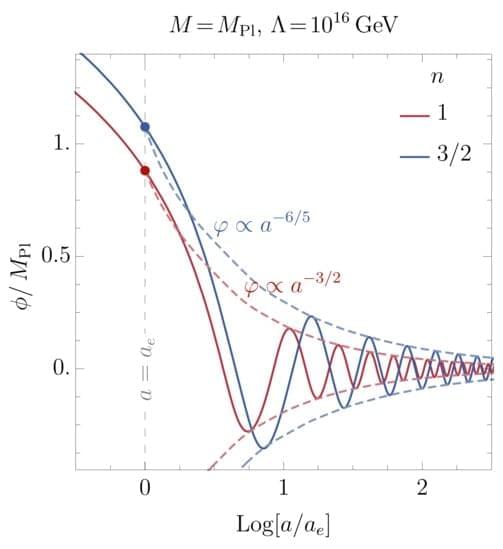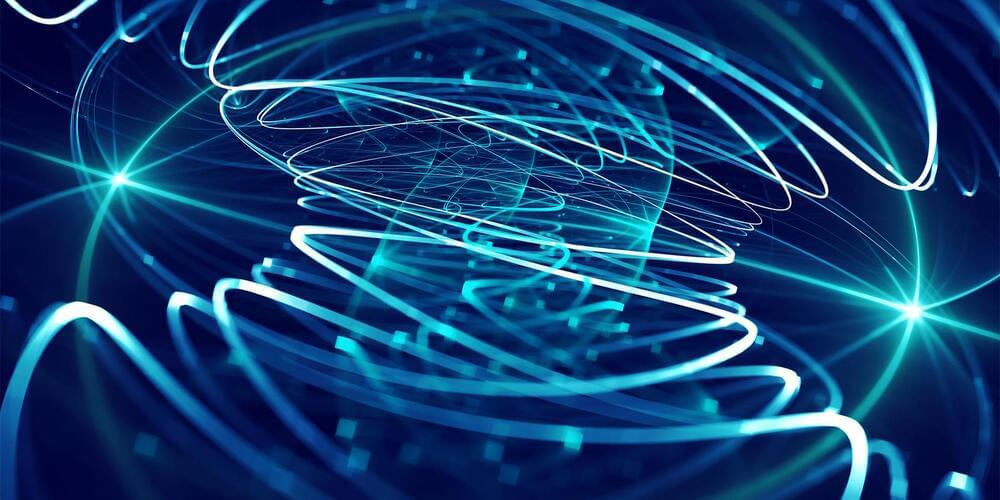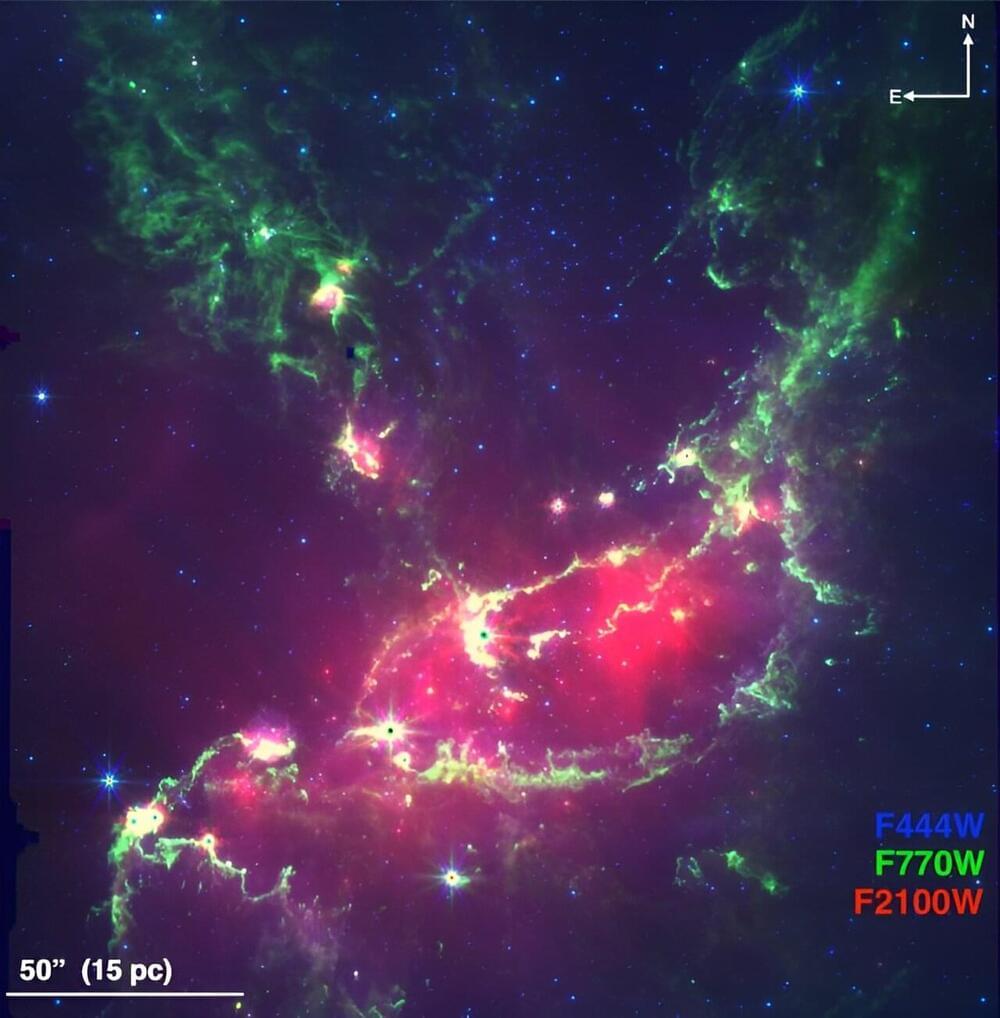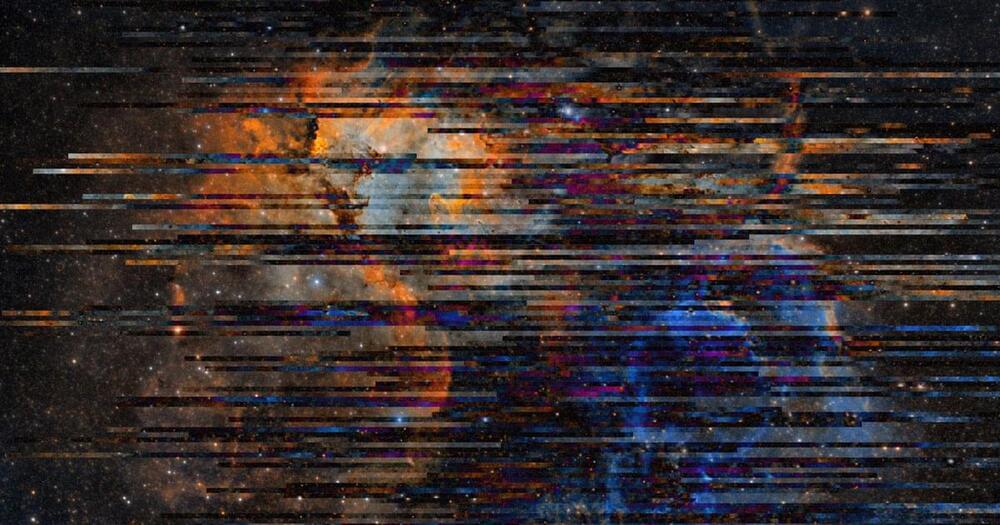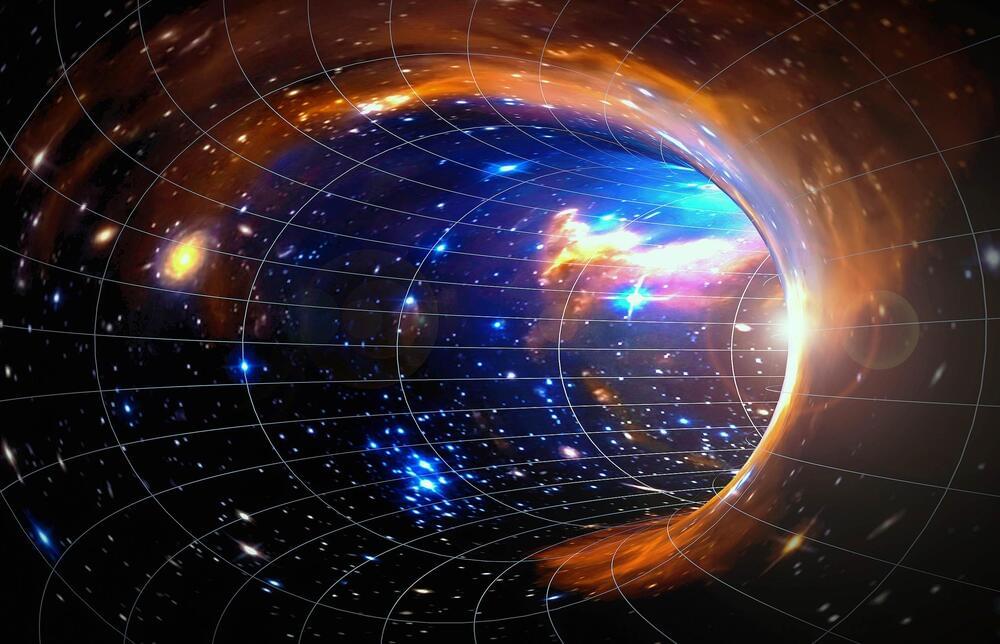
Astronomers have picked up a gravitational-wave signal originating from a dramatic collision deep in the cosmos. The event, dubbed GW230529, was recorded by the LIGO Livingston detector in May 2023.
Gravitational waves are caused by the acceleration of massive objects, such as merging black holes or neutron stars. According to Albert Einstein’s theory of general relativity, massive objects like planets, stars, and black holes distort the fabric of spacetime around them.
When these massive objects accelerate or change speed, they create waves that propagate outward at the speed of light. The detection of gravitational waves opens up a new window for observing the universe, allowing scientists to study phenomena that were previously inaccessible, such as the mergers of black holes and neutron stars, as well as the nature of gravity itself.

